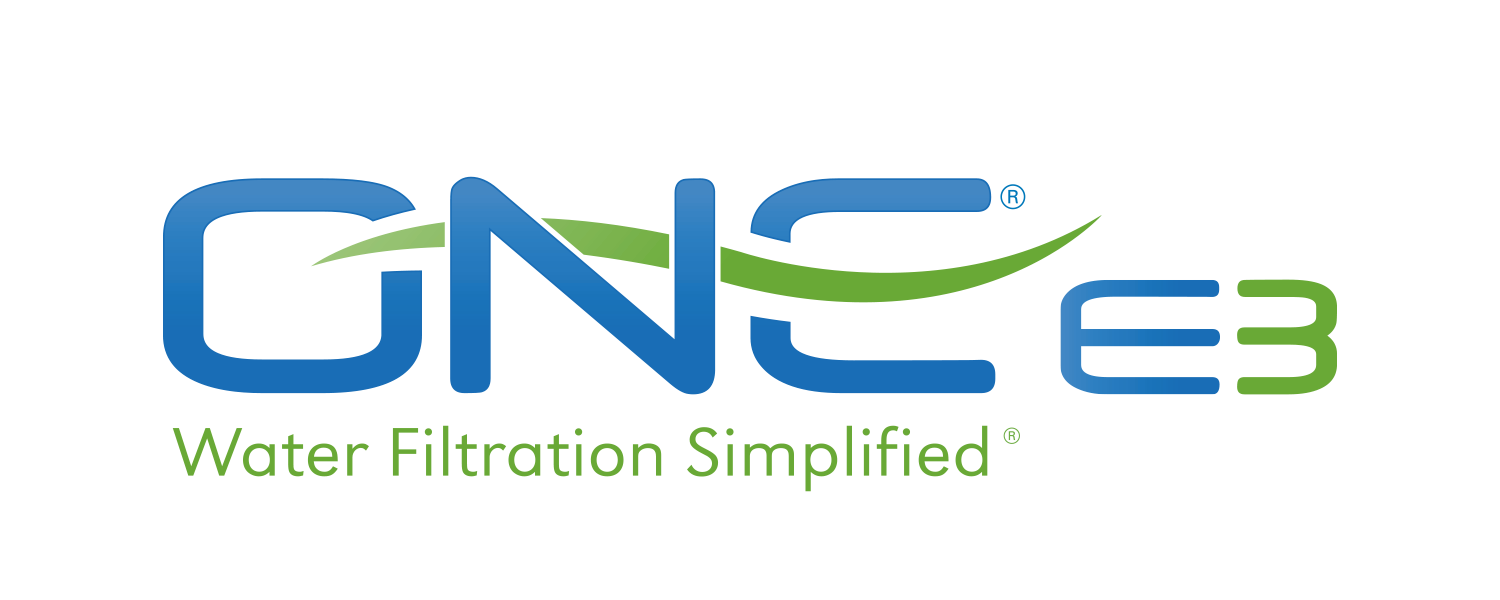Choosing a home water filter seems like it should be simple… until you start doing some research. Like everything these days, there’s a lot of options available. By “a lot”, we’re literally talking hundreds of different products.
While these products fall into several different categories, there are generally two main types of home water filters—POU systems and POE systems. Here’s the difference between the two:
Point of Use (POU) Systems – These are filters that treat water after it goes through the pipes in your home. Examples include water filter pitchers or faucet filters.
Point of Entry (POE) Systems – These are filters that treat water as it enters your home (but before it goes to any faucets). These are also commonly known as “whole house systems”.
So how do you know which water filter option is the best choice?
Fortunately, the public health and safety organization NSF put together this handy resource to help you find the best water treatment system to meet your specific needs. They break down the decision-making process into these three steps:
1. Find out what’s in your water, so you know what you need to filter. You can do this by getting a copy of your water quality report, or having your water tested.
2. Figure out what contaminants you want to reduce. Different products filter different contaminants. Identify the key ones you want to reduce based on #1.
3. See what your options are. Steps 1 and 2 should help narrow the field of products down for you. Find the one that fits your needs best in terms of function, quality, and cost.
Check out the full NSF resource for selecting a home water treatment system here.



